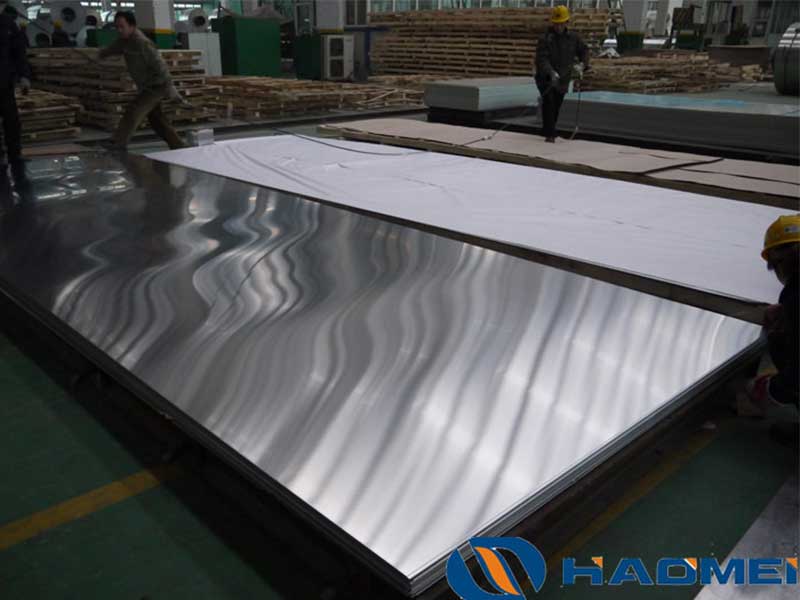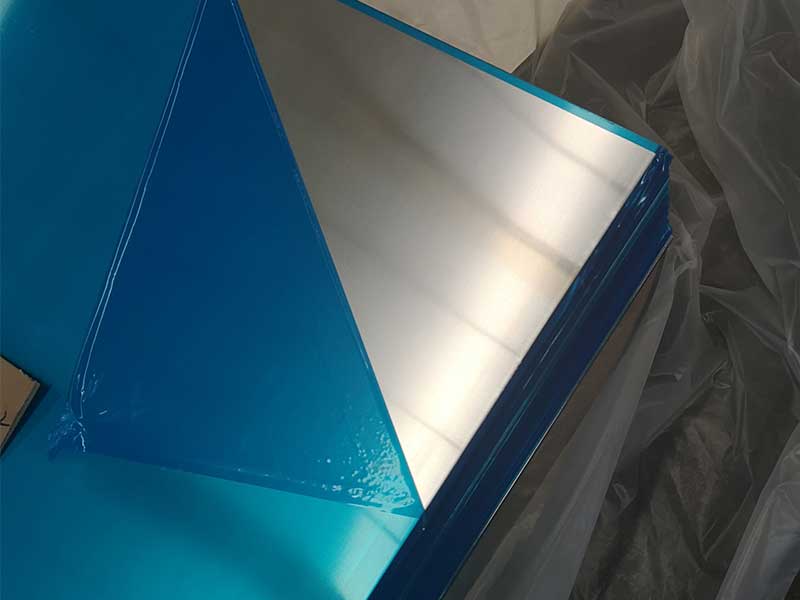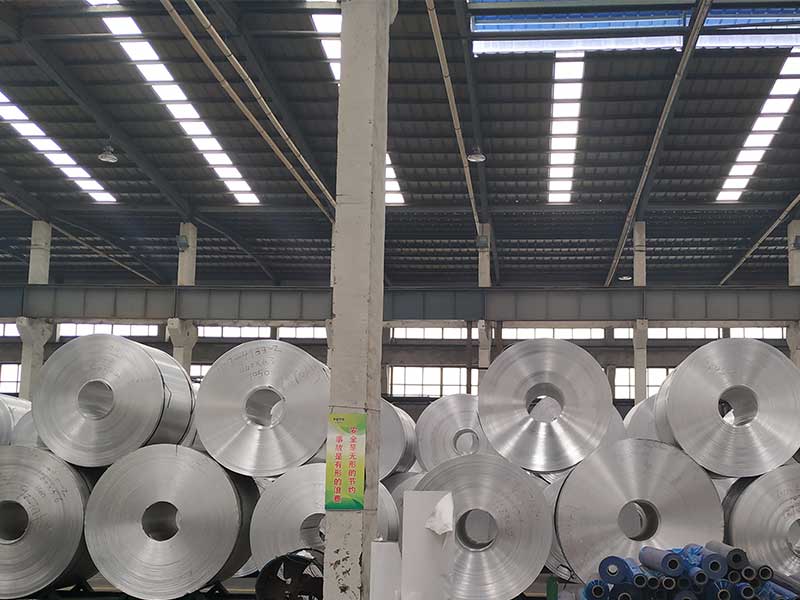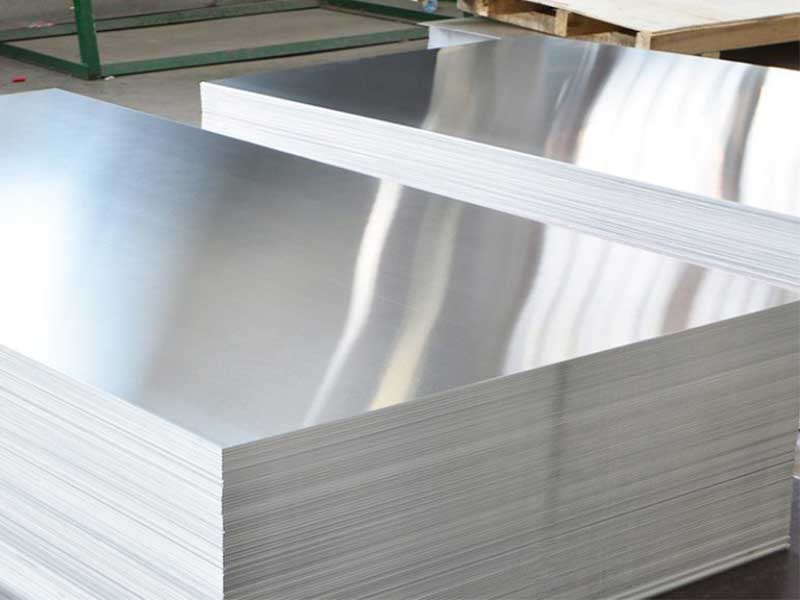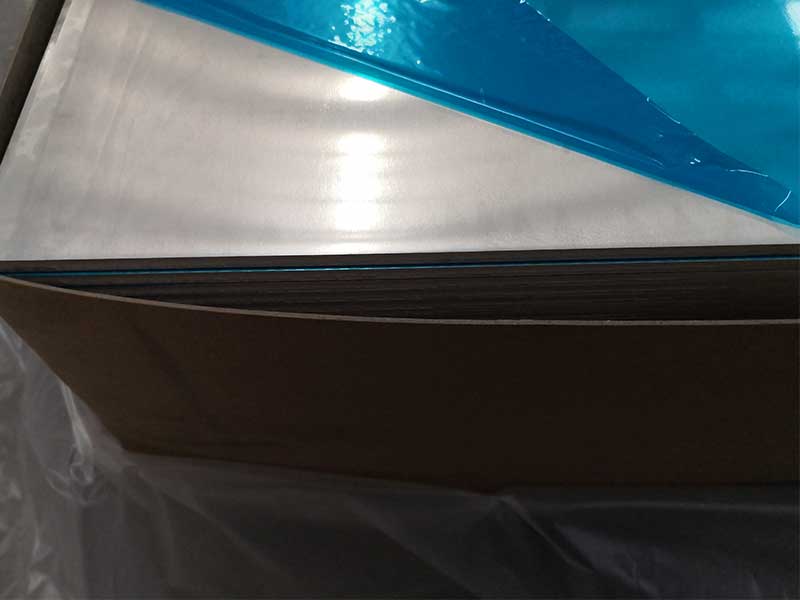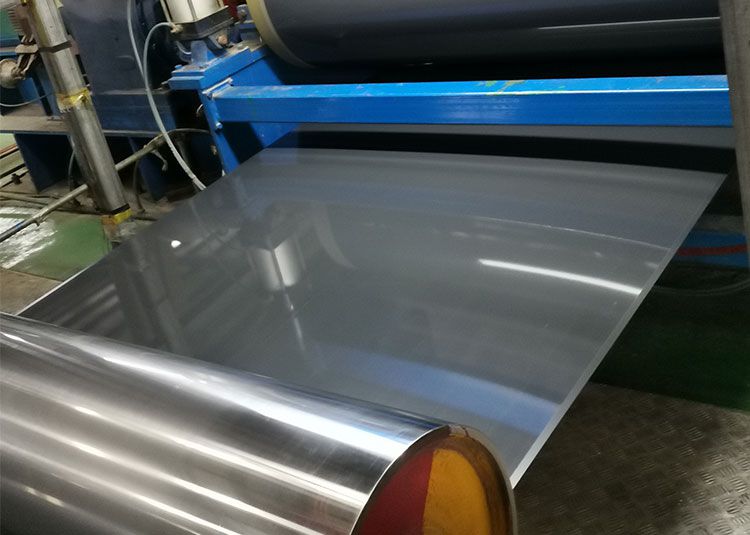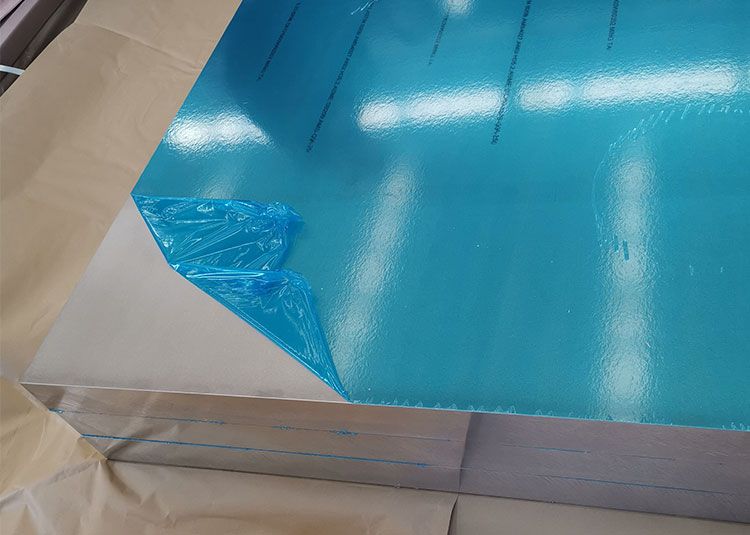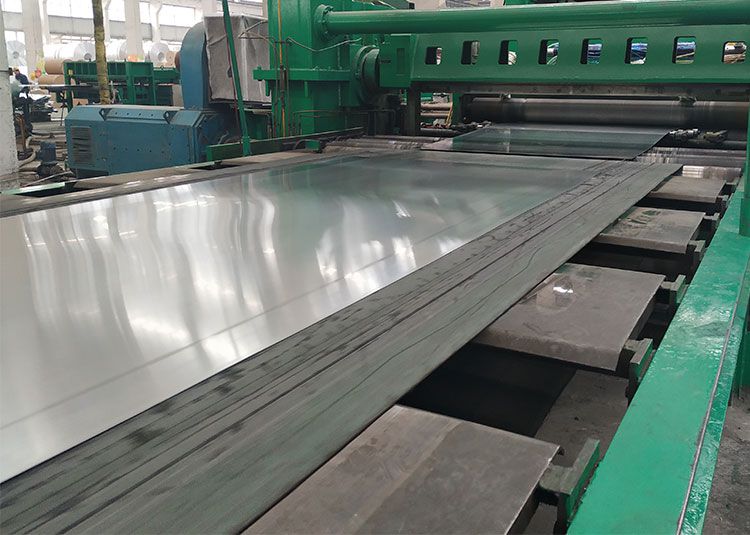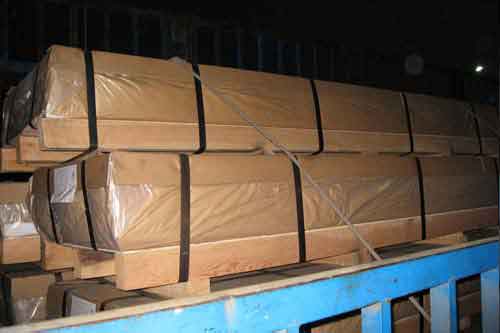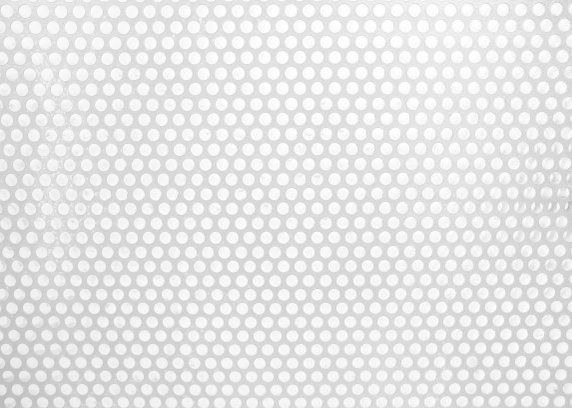Aluminum has revolutionized the manufacturing sector with its lightweight, malleable nature, and corrosion resistance. Amongst a backdrop of various alloys, Alloy 3003 stands out prominently for its versatile applications. Both 0.2mm and 0.25mm thickness options offer unique advantages for a range of industries, from automotive to household manufacturing.
Why Choose Alloy 3003?
Aluminum Alloy 3003 falls under the 3xxx series, primarily since it exhibits excellent workability combined with good corrosion resistance. Introduced with manganese as its principal alloying element, it enhances the alloy’s overall efficacy. The properties make it a staple in manufacturers where formability, resistance to corrosion, and good mechanical performance are essential.
Properties of 0.2mm and 0.25mm Alloy 3003 Aluminium Sheets
| Attribute | Values 0.2mm | Values 0.25mm |
|---|---|---|
| Thickness | 0.2mm | 0.25mm |
| Alloy | 3003 | 3003 |
| Chemical Composition | 0.12-0.25 % Copper 0.8-1.5 % Manganese 0.1% Silicon | 0.12-0.25 % Copper 0.8-1.5 % Manganese 0.1% Silicon |
| Temper | H14, H16 | H14, H16 |
| Tensile Strength (MPa) | 150-215 | 150-215 |
| Yield Strength (MPa) | 75-100 | 75-100 |
| Elongation % | 8% | 8% |
| Density (g/cm³) | 2.71 | 2.71 |
| Thermal Conductivity (W/m°C) | 119 | 118 |
Implementation Standards
The production of Alloy 3003 Al Sheets adheres to strict international acceptance levels including:
- ASTM B209: Establishing specifications for aluminum and magnesium-alloy flat-rolled products.
- ASME SB209: Used primarily for applications demanding compliance with mechanical standards for industrial applications.
- ISO 9001: Quality assurance is in the manufacturing process, ensuring dams and structural frames withstand environmental impact.
Alloy Tempering Options
When choosing between 0.2mm and 0.25mm Alloy 3003 sheets, tempering plays a crucial role. The most preferred tempers for both these thickness metrics are H14 and H16.
H14: These sheets are strain-hardened by partial annealing to achieve the desired profiles allowing moderate forming capacity and corrosion resistance, making them suitable for deep drawing applications.
H16: Contains a higher percentage of strength compared to H14, suitable for businesses looking for increased durability in thinner applications without compromising structure or weight.
Unique Applications Amplified Certainly by Thickness
Choosing a thickness often comes down to the specific application requirements.
0.2mm Alloy 3003 sheets: These ultra-thin sheets provide immense flexibility with high elongation properties. A preferred choice in projects that require intricate parts and lightweight construction without sacrificing quality. Often utilized in kitchen equipment, chemical handling, and light-gauge panels.
0.25mm Alloy 3003 sheets: Known for enhanced durability without substantial weight burden, these are regularly deployed in works requiring foundational stability yet somewhat intricate detail, such as architectural applications, automotive chassis reinforcement, and element distributions—bridging aesthetics with robustness.
Chemical Properties and Resistance
Another notable characteristic is the excellent resistance profile displayed by 0.2mm and 0.25mm Alloy 3003 Aluminium Sheets. These sheets excel in both hostile and beneficial environments:
- Corrosion Resistance: Thanks to the alloying elements, they exhibit fantastic resilience against oxidizing environments without skimming nature-related properties.
- Chemical Resistance: Suitable for repeated use in diverse substances under differing temperature realms without significant downtime seen taking over other metal units in equivalent formats.


